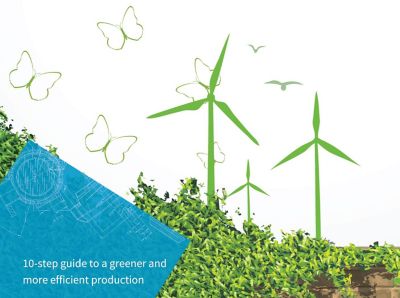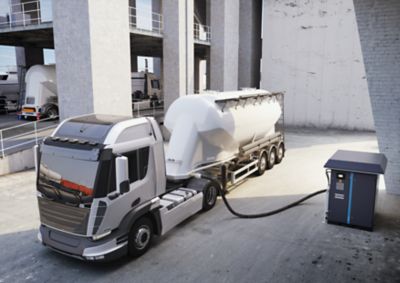Water use in mining: Challenges and solutions
Water use in mining is essential for various processes, but managing water sustainably is a growing concern. From mineral extraction to environmental impact, understanding how water is used, sourced and conserved in mining helps us protect resources and communities.
How is water used in mining?
Water plays a vital role, serving multiple functions throughout the extraction and processing stages. Some key uses include:
- Material handling: After the ore is ground into fine particles, it is mixed with water to create a slurry or sludge. This mixture allows the material to be easily transported through pipelines or channels across the mining site. The slurry is carefully managed to maintain the right consistency for efficient movement and processing. As it travels, additional reagents may be added to aid in mineral separation or recovery. Specialized pumps and gravity flow systems guide the slurry to different processing units, such as flotation cells or clarifiers, where valuable minerals are extracted.
- Flotation process: Water is essential in flotation, a method used to separate valuable minerals from ore. The process involves mixing finely ground ore with water and flotation reagents, creating bubbles that attach to the desired minerals and float them to the surface for collection.
- Clarifiers: Mining operations use clarifiers to remove suspended solids from water, ensuring clean water can be reused or safely discharged. These systems are a core part of mine water treatment and help improve water quality while reducing waste.
- Dust suppression: Water is sprayed on roads and mining areas to minimize dust pollution, improving air quality and worker safety.
- General water usage: Mines are often located far from urban areas, so mine workers eat, sleep, and shower on-site. This also consumes fresh water and creates wastewater, which must be addressed through proper mine water treatment.
Where do mines get their water from?
Mines source water from various locations, often impacting surrounding ecosystems and communities:
- Surface water: Many mines extract water from nearby rivers, lakes, or reservoirs, which can lead to depletion and affect local agriculture and drinking water supplies.
- Groundwater: Some mining operations tap into underground aquifers, potentially lowering water tables and affecting wells used by neighboring communities.
- Desalination and recycled water: In water-scarce regions, mines may use desalinated seawater or treated wastewater to reduce reliance on freshwater sources. These practices are increasingly important for sustainable water management in mining.
The influence of mining on neighboring areas can be significant. Poor water management in mining can lead to shortages, while contamination from mining waste can degrade water quality, affecting agriculture and local populations.
How can mines save and reuse water?
Sustainable water management in mining is essential for reducing environmental impact. Some effective strategies include:
- Closed-loop systems: Recycling water within mining operations minimizes freshwater intake and reduces wastewater discharge.
- Rainwater harvesting: Collecting and storing rainwater provides an alternative water source, reducing dependency on external supplies and supporting responsible water use in mining.
- Dry processing techniques: Some mining methods reduce water usage by using air-based separation processes instead of water-intensive techniques.
- Constructed wetlands: Natural filtration systems help treat contaminated water before it is released back into the environment, contributing to effective mine water treatment.
By implementing these strategies, mining companies can significantly reduce their water footprint while maintaining efficient operations and improving water management in mining.

